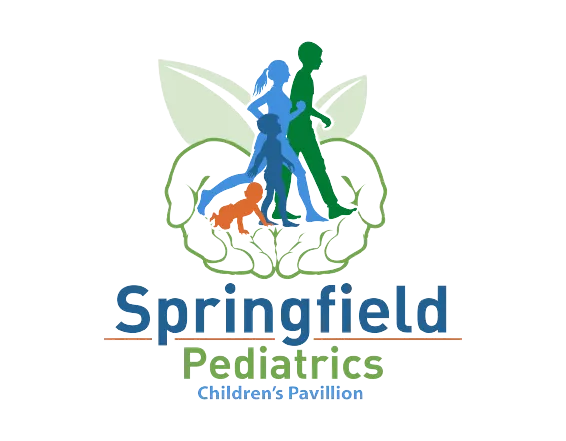Children are not small-sized adults; newborn infants certainly have their own peculiar body functions that distinguish them from older children as well. We’ll look at the key body function of breathing and sleep in infants in this article, after all some authorities have estimated about a third of the average human life time is spent sleeping.
Obligatory nose breathing is found in infants and this makes them uninterested in breathing through their mouths if for whatever reason their noses are blocked partially from a cold, formula reflux etc. They sometimes generate increased effort to breathe past these partially blocked nostrils and generate harsh sounds as the air whistles past. The air passages behind the nose and pharynx leading into the lungs downstream make it easier for these sounds to be amplified which often causes a lot of concerns for the parent. Clearing the nostril with gentle suction devices along with comfort measures as directed by your physician go a long way to reduce the nasal congestion, reduce the turbulence and improve infants comfort. Better feeding outcomes commonly follow since when the infant is able to breathe better, sucking and swallowing through the mouth becomes easier.
Infant breathing patterns are different too. A number of factors including airway anatomy and prematurity may affect breathing patterns in other ways too. We will concern ourselves with newborns who are born full-term and with no existing medical problems who often demonstrate a normal breathing pattern described as, Periodic Breathing in the medical literature.
Periodic breathing is defined as 3 breathing pauses usually lasting about 3 seconds or more within a 20 second portion of the normal breathing cycle. This time-based definition is useful but the overall breathing pattern and condition of the infant while the event occurs gives a complete picture and will alert the parent to the presence of a problem if one exists. Sometimes several of such pauses occur after one another and are quickly followed by another set of shorter, rapid breathing cycles before the sleep rhythm is restored once again to steady pattern. Sleep is divided by experts into two phases called REM( rapid eye movement) and non-REM. These respiratory pauses are more frequent and shorter during the REM sleep phase. These brief pauses and breathing irregularity as described above are normal and seen in healthy newborns. They do not require any form of stimulation as the infant resumes normal breathing on its own. Never shake baby in an effort to restart breathing, this can cause severe injury to the developing brain. Periodic breathing episodes are not associated with changes in skin color or other body functions and are normal in infants. The events get fewer and farther apart as the infant gets older. The popularity of smart phones with video recording capability has been useful for me in my practice and I encourage parents sometimes to record portions of the sleeping infant for me to review with them.
Prolonged episodes of breathing cessation from any cause can be life threatening and should be discussed immediately with your physician. A time-based criteria for medical intervention has been set at 20 seconds of breathing cessation in newborns- a term called Apnea. Medical evaluation is warranted even if these episodes of breathing cessation are less than 20 seconds and are accompanied by changes in body function which may include, skin color changes around the mouth, limpness, pulse changes etc but not limited to these. Parental concerns about airway symptoms especially that persist or change from previously assessed as normal state, or worsen need to be brought to medical attention immediately.
Infants should always be put to sleep on their backs for sleep, along with use of a firm mattress. Stuffed toy animals while pretty and nice should not be used in a baby’s crib; neither should pillows. Infants do not need these items and their use may actually increase the likelihood of accidental smothering and the dreaded, Sudden Infant Death Syndrome (SIDS). Co-sleeping with infant is discouraged for similar reasons. Airway irritants like cigarette smoke increase risk of SIDS and adversely affect the local defense mechanisms along the airway, ear, nose and throat. Infants exposed to these irritants have more frequent episodes of respiratory illnesses and ear infections.
This information is for educational purposes only and not a substitute for professional medical care or advice. Always follow your healthcare provider’s instructions.
